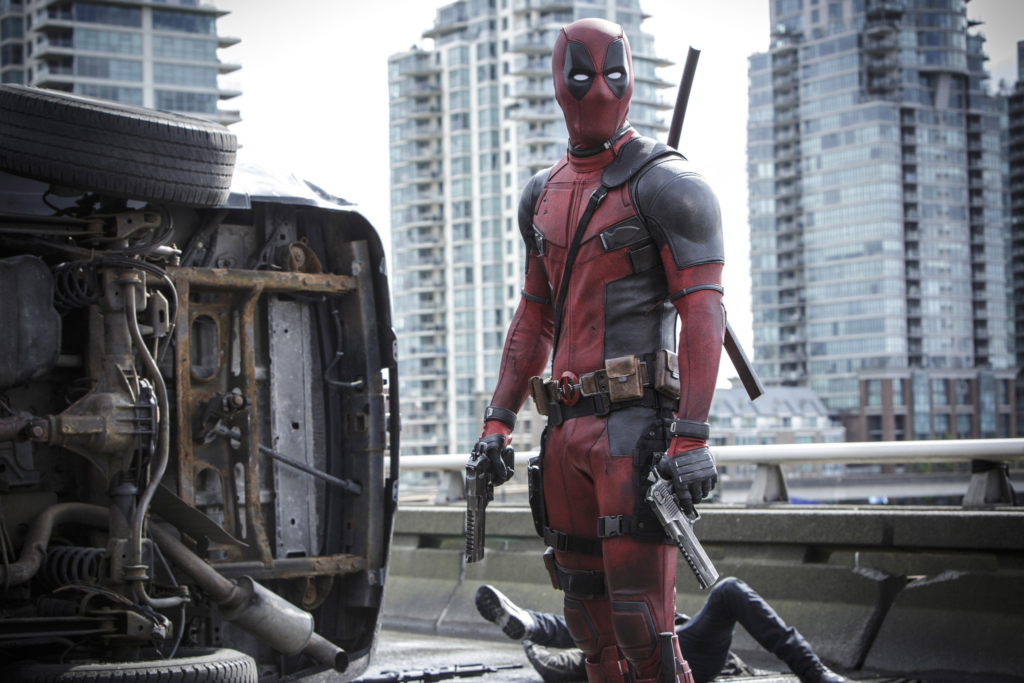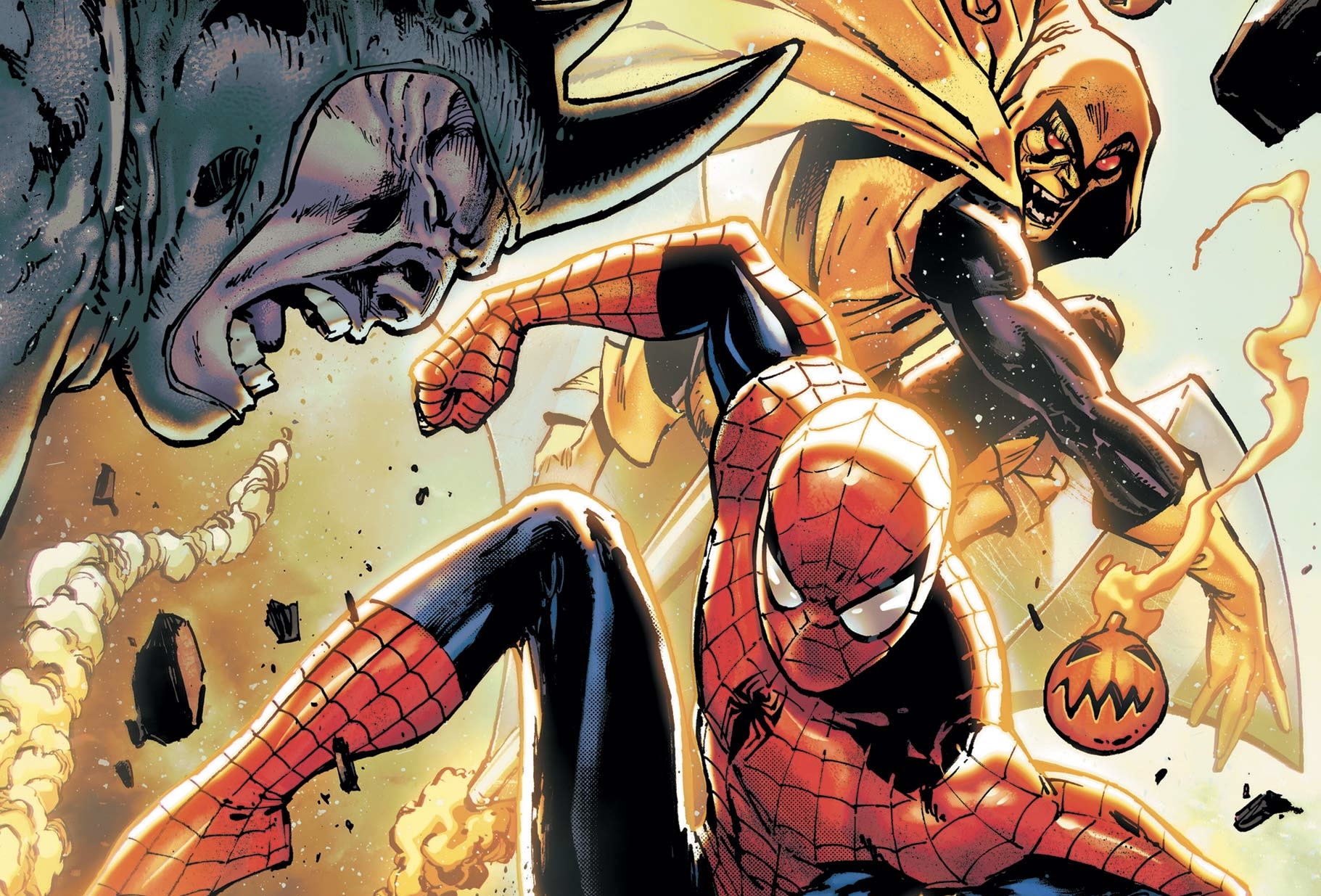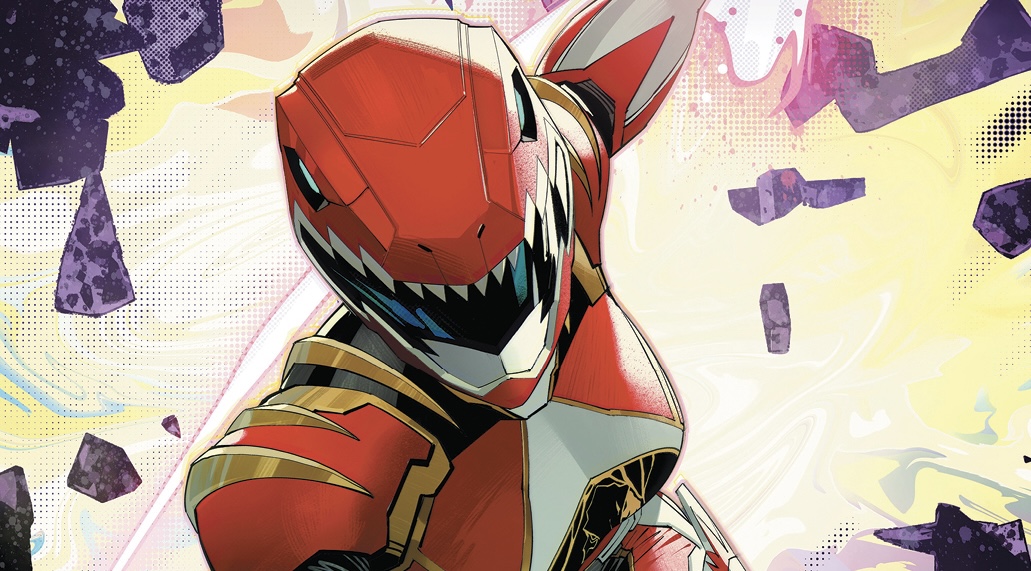In the vast and ever-expanding Marvel Universe, where iconic superheroes dominate the comic book landscape, few characters have experienced a transformation as remarkable as Deadpool. From his humble beginnings as a B-level character in X-Force, Deadpool has evolved into a fan favorite and a cultural phenomenon. Let’s explore the extraordinary journey of Wade Wilson, the Merc with a Mouth, tracing his development from the shadows of X-Force to his triumphant success as one of Marvel’s most beloved and unconventional heroes.

Deadpool made his first appearance in “The New Mutants” #98 in February 1991, created by writer Fabian Nicieza and artist Rob Liefeld. Introduced as a villain and foil to the New Mutants, Deadpool was initially envisioned as a mysterious and lethal adversary with a penchant for humor. However, the character’s trajectory took an unexpected turn as his popularity quickly soared among readers.
Deadpool’s breakthrough came as he transitioned from a villain to an antihero and became a central figure in the X-Force series. With his irreverent wit, fourth-wall-breaking antics, and a moral compass that zigzagged, Deadpool began to stand out from the conventional superhero crowd. His distinct personality, combined with his exceptional combat skills and accelerated healing factor, set the stage for a character poised for greatness.
One of Deadpool’s most distinctive features, and a key element of his enduring appeal, is his penchant for breaking the fourth wall. Unlike traditional superheroes, Deadpool is fully aware that he exists within a comic book. This self-awareness allows him to address readers directly, comment on the absurdities of the superhero genre, and inject a healthy dose of meta humor into his stories.

The decision to break the fourth wall was a bold and innovative move that distinguished Deadpool from his peers. It allowed for a level of engagement with readers that went beyond the usual superhero dynamic, inviting them to be part of Deadpool’s chaotic and unpredictable world.
As Deadpool’s popularity continued to grow, Marvel recognized the potential of giving the Merc with a Mouth his own solo series. In 1997, writer Joe Kelly and artist Ed McGuinness took the helm of “Deadpool” (Volume 1), giving Deadpool a platform to showcase his unique brand of mayhem. Kelly’s writing delved into the complexities of Deadpool’s character, exploring the trauma behind the mask while maintaining the humor and unpredictability that fans had come to love.
This solo series marked a turning point for Deadpool, elevating him from a supporting character to a leading force within the Marvel Universe. The combination of compelling storytelling, irreverent humor, and nuanced character development paved the way for Deadpool’s ascent to superstardom.
Deadpool’s success transcended the pages of comic books and spilled into other entertainment mediums. His appearance in video games, animated series, and even a memorable cameo in “Hulk Vs. Wolverine” animated film further solidified his cultural impact. However, it was the live-action portrayal by Ryan Reynolds that would elevate Deadpool to unprecedented heights.

In 2016, Ryan Reynolds brought Deadpool to life on the big screen in the eponymous film “Deadpool.” Reynolds, a lifelong fan of the character, not only embraced the role with gusto but also played a pivotal role in getting the film made. The R-rated superhero film, a rarity at the time, shattered expectations and became a critical and commercial juggernaut.
Reynolds’ portrayal perfectly captured the essence of Deadpool—his wit, irreverence, and the internal struggles masked by humor. The success of “Deadpool” and its 2018 sequel, “Deadpool 2,” catapulted the character into pop culture superstardom, earning the Merc with a Mouth a dedicated fan base and cementing Reynolds as the face of Deadpool for a new generation.

Part of Deadpool’s enduring success lies in the character’s ability to adapt and diversify his storytelling. Beyond the traditional superhero narrative, Deadpool has explored different genres, from heist stories to horror-inspired adventures. This flexibility has allowed writers and creators to push the boundaries of what a Deadpool story can be, keeping the character fresh and appealing to a wide audience.
Deadpool’s popularity has transcended his initial status as an antihero, leading to his integration into various Marvel team-ups and crossover events. Whether he’s cracking jokes with Spider-Man or forming unexpected alliances with other heroes, Deadpool has become an integral part of the Marvel Universe. His unique perspective and unorthodox approach to heroics inject a sense of unpredictability into team dynamics, creating memorable interactions with other iconic characters.
Deadpool’s success has had a ripple effect on the superhero genre as a whole. The triumph of the R-rated Deadpool films demonstrated that there was an appetite for superhero stories that didn’t adhere to the traditional family-friendly mold. This success opened doors for other unconventional superhero projects, contributing to a broader and more diverse landscape within the genre.

From his early days as a mysterious villain in X-Force to becoming the irreverent superstar of the Marvel Universe, Deadpool’s evolution is a testament to the character’s resilience, adaptability, and the creative minds that have brought him to life. Deadpool’s success is not merely a result of his combat skills and accelerated healing factor; it’s rooted in his distinct personality, humor, and the ability to connect with readers and audiences on a deeper level.
As Deadpool continues to make waves in comics, movies, and beyond, his journey remains an extraordinary one. Wade Wilson, the Merc with a Mouth, has transcended the confines of his B-level origins, etching his name alongside Marvel’s most iconic characters. Whether you’re drawn to his meta humor, fascinated by his complex backstory, or simply enjoy the chaos he brings to the superhero world, Deadpool stands as a testament to the enduring power of storytelling, reinvention, and the unpredictable nature of success in the world of superheroes.




